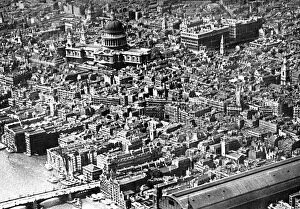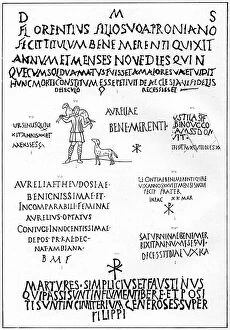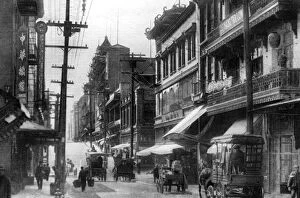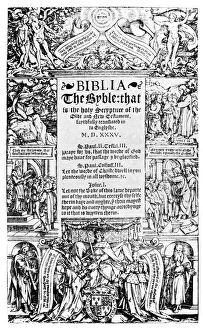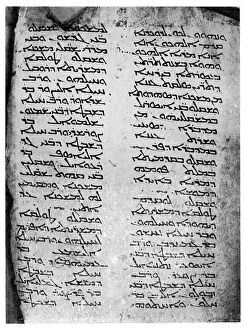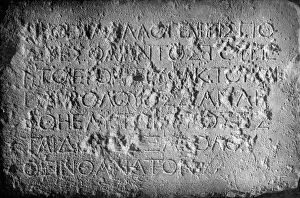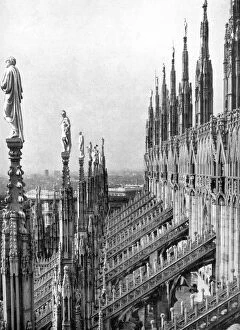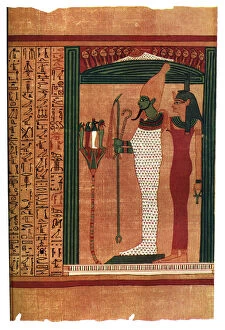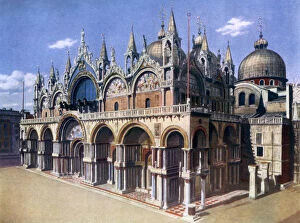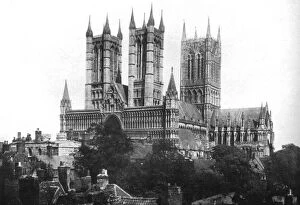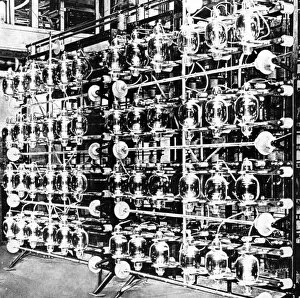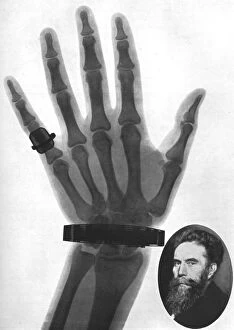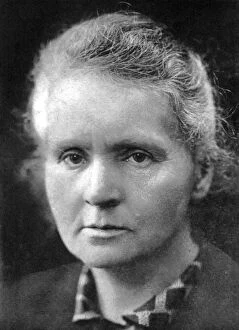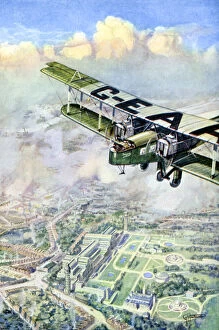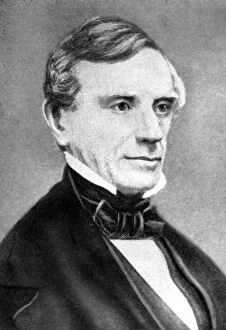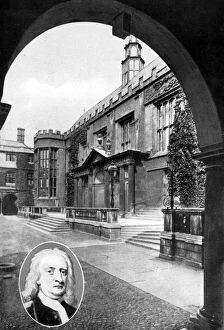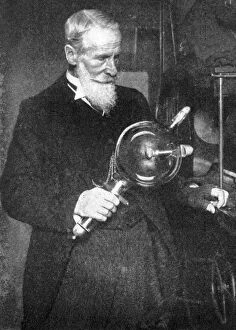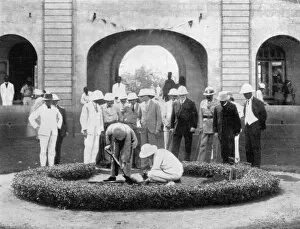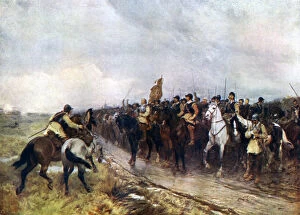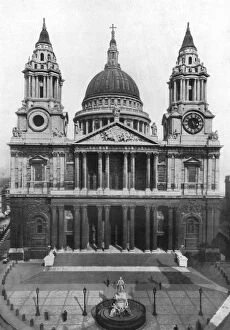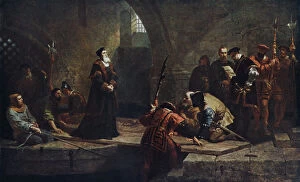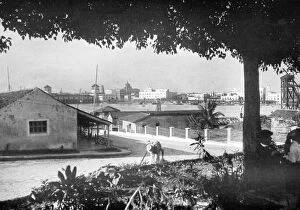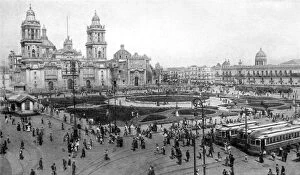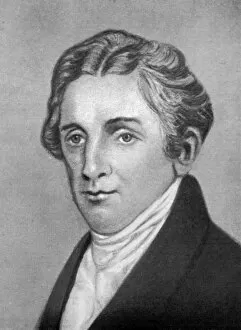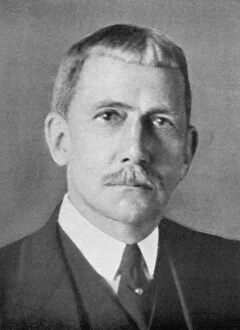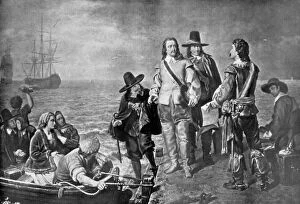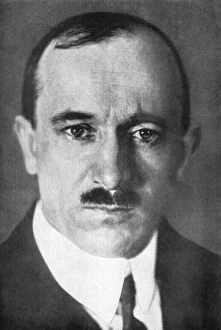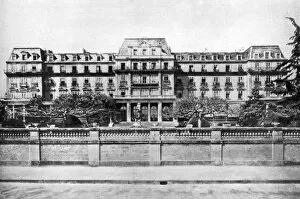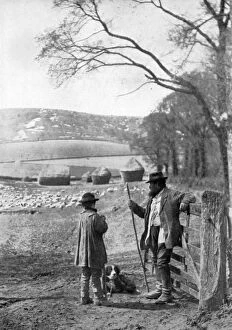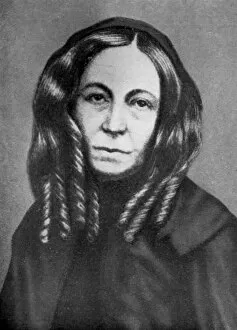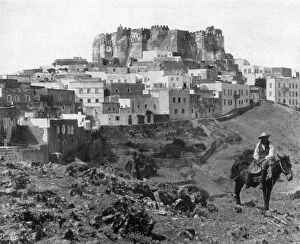Parsons Collection (#4)
"Exploring the Legacy of Parsons: From Welwyn Garden City to Banbury, England" Step into history with a captivating journey through Parsons' remarkable contributions
For sale as Licensed Images
Choose your image, Select your licence and Download the media
"Exploring the Legacy of Parsons: From Welwyn Garden City to Banbury, England" Step into history with a captivating journey through Parsons' remarkable contributions. 🗺️🏴 1️⃣ In 1926, Welwyn Garden City in Hertfordshire unveiled its map, showcasing the visionary planning by Parsons that shaped this beautiful town. 2️⃣ Travel to Banbury's Parsons Street and immerse yourself in its charming ambiance - a street that whispers tales of old-world charm and timeless elegance. 3️⃣ Witness the artistic prowess of Francis Parsons as he brings Chief Kanagagota (Standing Turkey) to life on canvas during his London visit in 1762. 4️⃣ Behold the magnificent Turbinia, a steam turbine-powered steamship that revolutionized maritime technology under the watchful eye of none other than Charles Algernon Parsons himself. 5️⃣ The Tatler cover featuring the enchanting Countess of Rosse is an exquisite masterpiece graced by Parson's creative touch - capturing beauty for all eternity. 6️⃣ Delve into ancient history as you explore The Moabite Stone from 1926, revealing fascinating insights into biblical times meticulously preserved by scholars like William B. Parsons. 7️⃣ Edgar & Winifred Ward's pottery artistry takes center stage in their stunning creations from 1926 – witness their mastery firsthand at The Potteries exhibition. 8️⃣ Alfred William Parson's brush strokes transport us back to the tranquil Thames Valley adorned with majestic poplars – an idyllic scene captured forever on canvas. 9️⃣ Join members of Cuddington Golf Club in Surrey as they enjoy leisurely rounds amidst picturesque landscapes – where passion for golf meets Parson's love for the outdoors.

